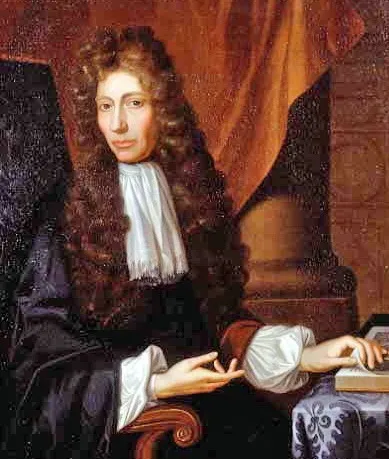
Matches are a more remarkable invention than it may seem. The very first matches invented in the 17th century meant that a person started using fire easily and simply because he had a quick way to get it in a couple of seconds. In 1680, the Englishman Robert Boyle came up with primitive matches, covered with sulfur, which ignited on contact with phosphorus. However, these matches were impractical due to the volatility of phosphorus.

It took 150 years before another Englishman, chemist John Walker, invented the first matches that break out in friction, but not for the convenience of smokers, but for hunting rifles.
Discovery of John Walker
Walker made this discovery by accident: he told that he mixed potassium chloride with sulfur antimony, and then scraped the stick, which prevented them, on the stones to clean it, and the wand flared. In Walker's hand was the very first match in the world, which flared up in friction. It caught fire because, due to friction, enough heat was generated to bring the resulting compound to its ignition temperature (which is relatively low).
Walker did not patent his invention, and soon many chemists began to release their matches, improving the Walker recipe by adding white phosphorus to the mix. The matches were usually accompanied by a strip of sandpaper to match the matches, but it often happened that they flared by themselves, simply from friction with each other.

The solution to this problem was found in 1855, when a decade later, after the discovery of a more stable red phosphorus, the Swedish scientist Johan Edward Lundstrom added him to the world's first safe matches.

Source - http://pikabu.ru/story/samyie_pervyie_spichki_v_mire_5083344